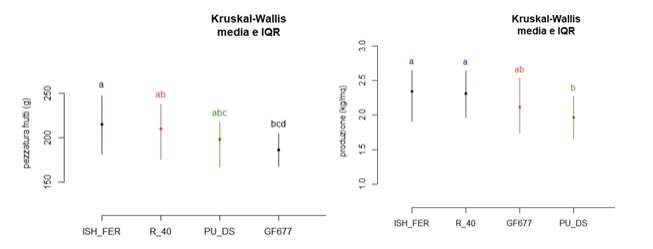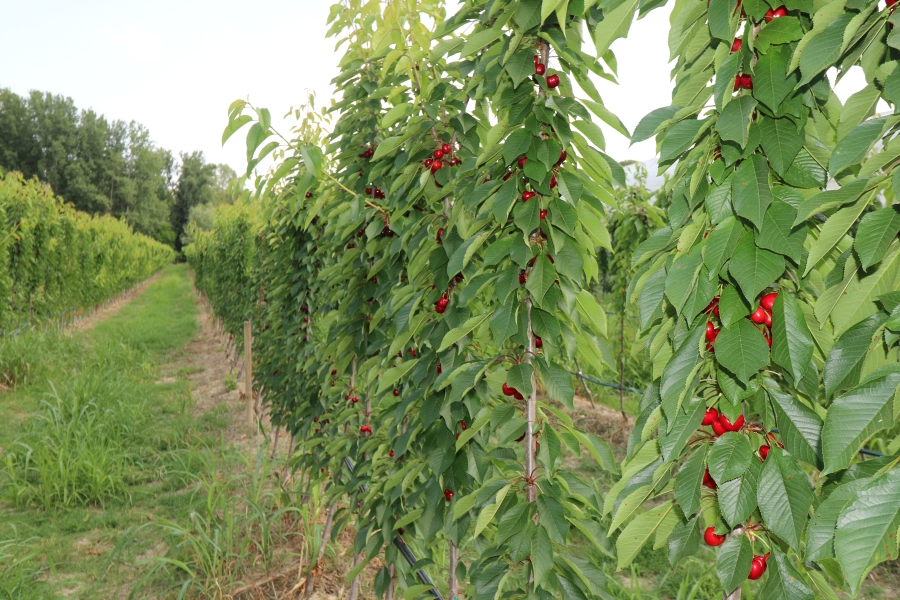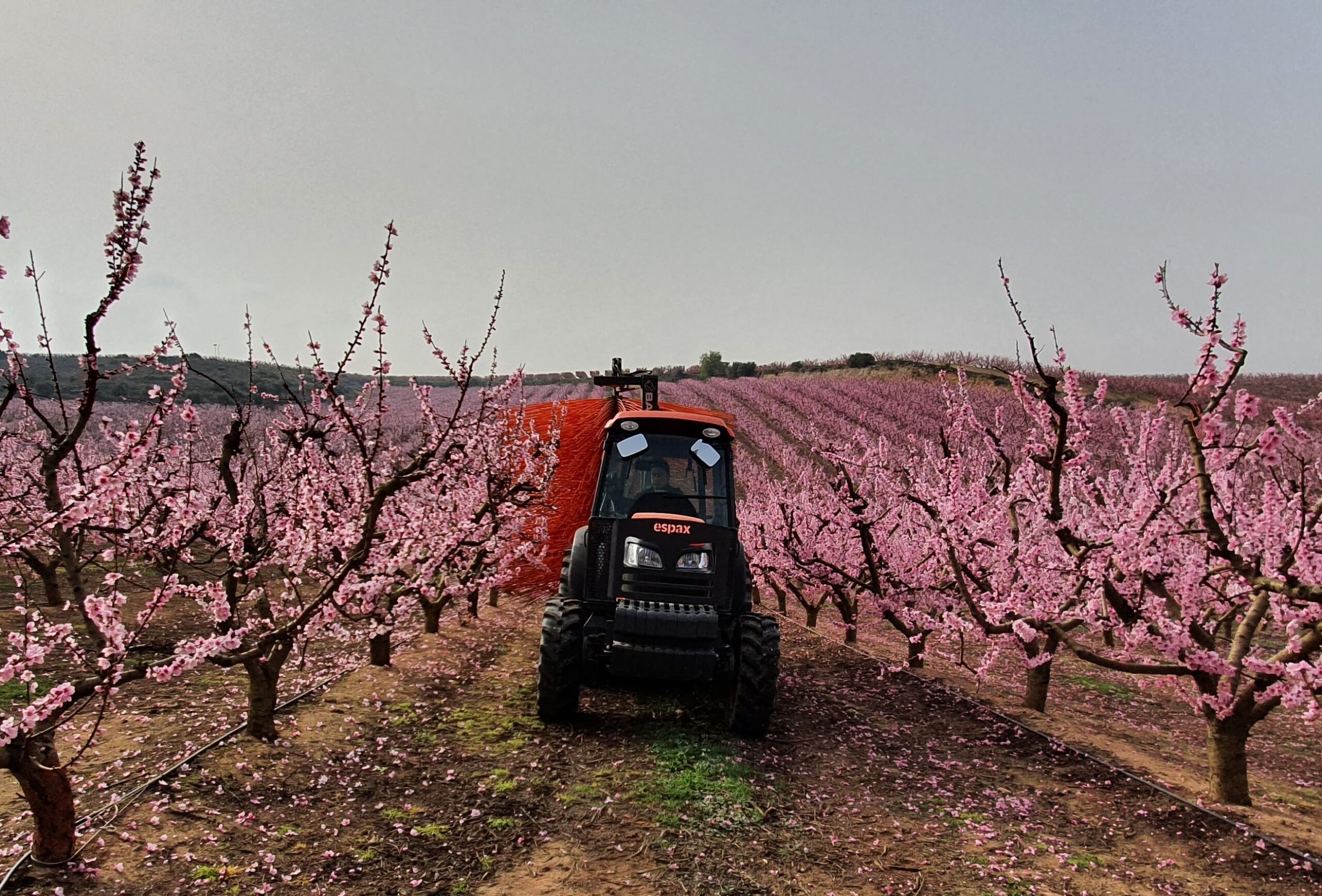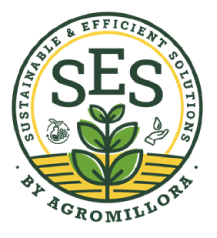Italian Fruit Growing: In Search of New Tools for a Possible Revival
Italy has always been one of the main fruit-producing countries in the Mediterranean basin, due to its historical, cultural, and pedoclimatic characteristics.
In recent years, the sector has been facing increasing difficulties that are seriously challenging this leadership. A simple analysis of the trends in fruit-growing areas (stone and pome fruits) reveals a constant decline and highlights the significance of the phenomenon. According to FAO data, around 8,000 hectares of peach and nectarine cultivation were lost between 2018 and 2022, and 7,000 hectares in pear cultivation, just to name a few examples (Fig. 1).
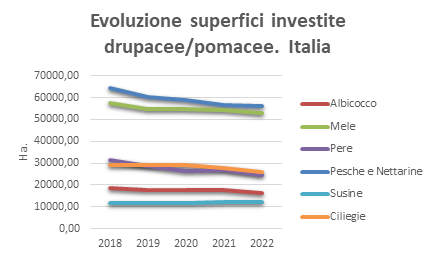
To understand the reasons behind this decline, it’s necessary to look at the recent evolution of European fruit growing, including cultural shifts among consumers, changes in fresh fruit consumption, and the balance between supply and demand. Will this production sector have the initiative to meet the challenges it faces? There is still commercial and agronomic space for a revival in traditional growing areas and expansion into new production zones in Italy. But what tools can be adopted to achieve this?
Technology, for example, can be a powerful ally in overcoming these challenges. The advent of robotics in fruit growing can help solve harvesting issues, improve the quality standards of harvested fruits, and facilitate production analysis. Italian fruit growing is focused on fresh consumption and requires labor, which is increasingly scarce—especially during harvest periods. Mechanization seems to be the way forward, but under what criteria?
The use of robotic machinery is closely linked to how orchards are designed, not the other way around. Three-dimensional structures are not suitable for automated management, whether for harvesting or for cultural operations such as mechanical pruning, flower and fruit thinning, etc. Two-dimensional structures, such as disordered wall systems, are the most effective in terms of cost control and optimization of production factors.
However, wall-based management alone is not enough—as seen in the Emilia-Romagna case—if it is not accompanied by product innovations such as new cultivars, rootstocks, genetics, and pest control, as well as process innovations like agronomic practices, post-harvest handling, and training systems. These elements are essential for these cultivation models to make a qualitative leap and become the turning point in a sector that is currently struggling to adopt them effectively.
Climate change forces us to reflect seriously, and applied genetics in agriculture can be a helpful tool. But it should not be limited to introducing new varieties—it must also include rootstocks. The rootstock-variety interaction can sometimes completely change orchard management and outcomes. For example, Italian peach growing is mostly based on the GF677 rootstock, licensed in France in the 1960s. In a context where customization and innovation in orchard design should be a priority, this choice cannot be left to chance—the foundation on which the system is built becomes crucial.
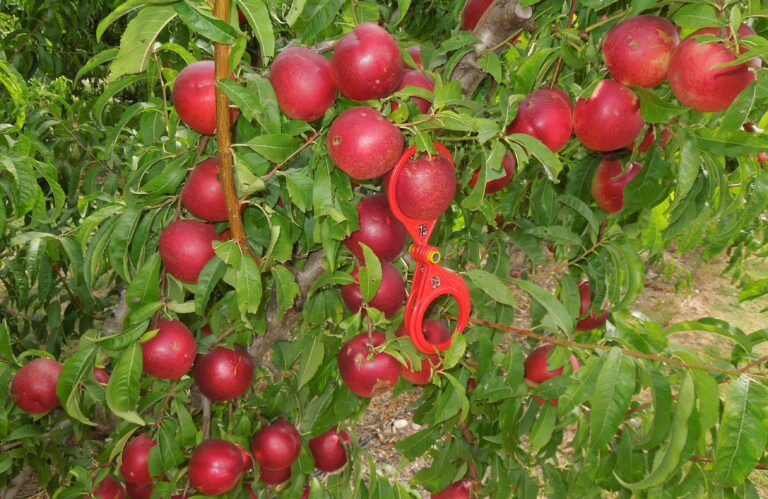
There are significant technical innovations available on the market that deserve to be introduced, as they can add value in terms of fruit size, quality, and yield. Comparative trials conducted in Italy show that viable alternatives already exist, as highlighted in the graph.
A comprehensive reflection on the Italian fruit-growing system is necessary. It must reclaim its pioneering spirit and address problems at their root by embracing new challenges. Technology, robotics, and genetics can be valid starting points to reverse the current trend in the sector.
